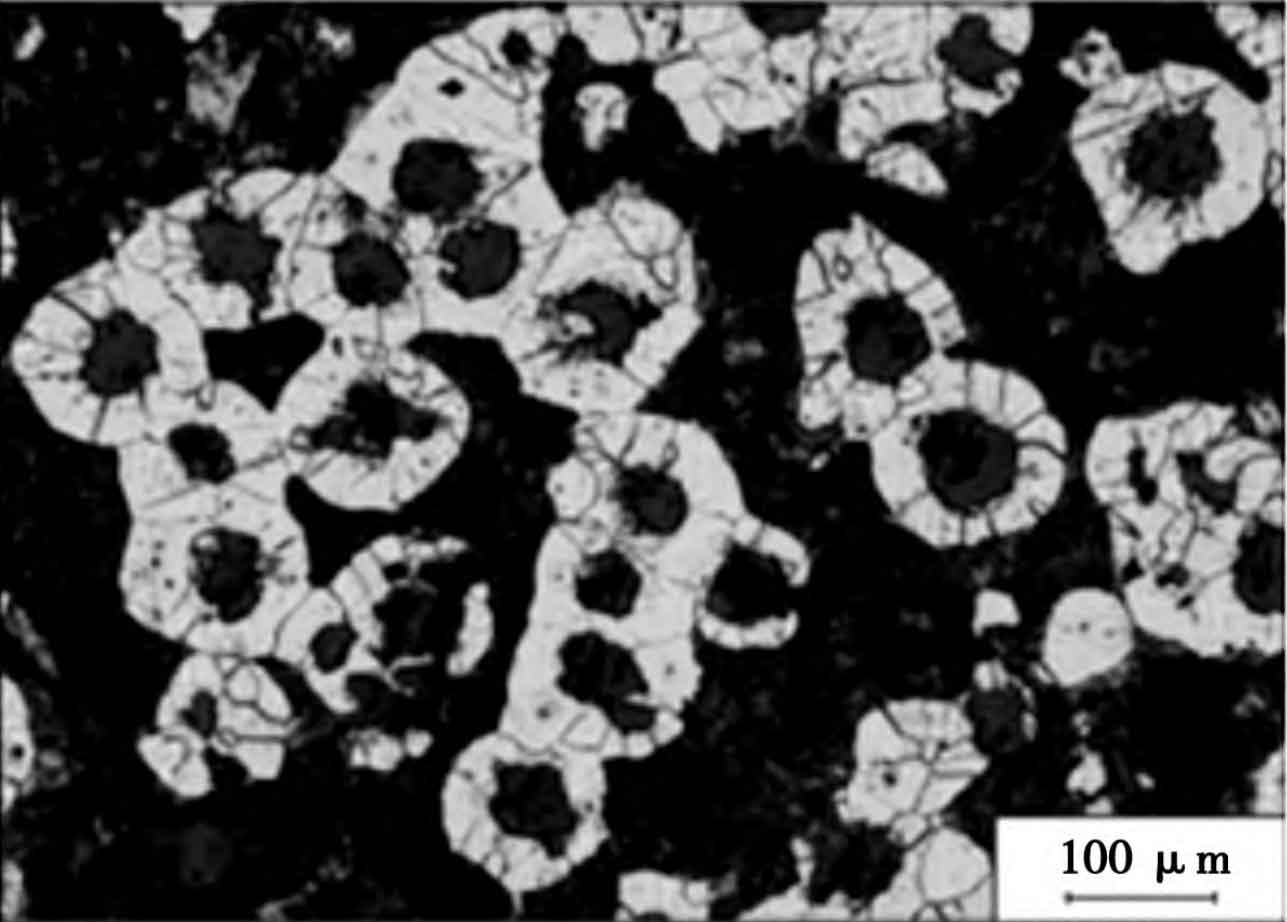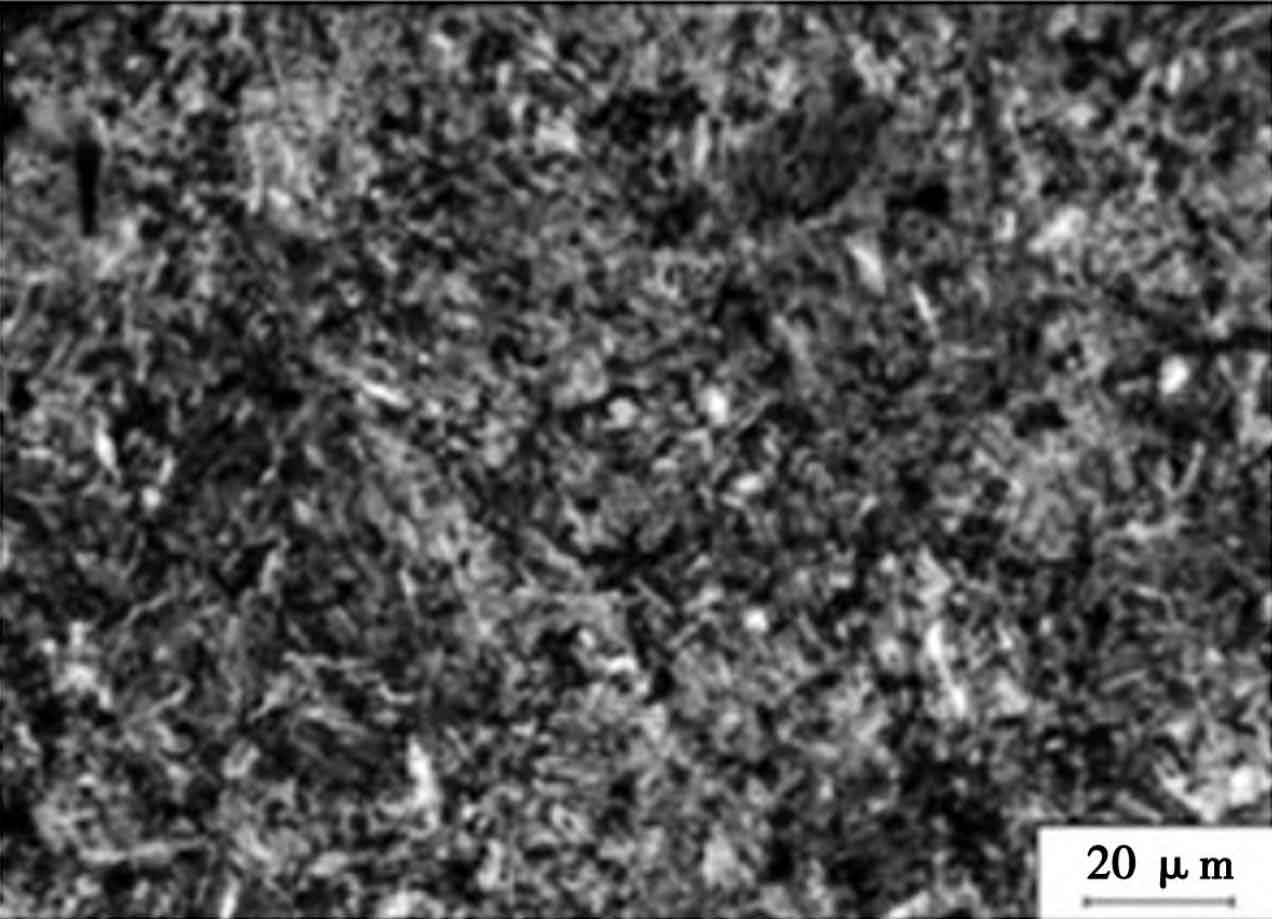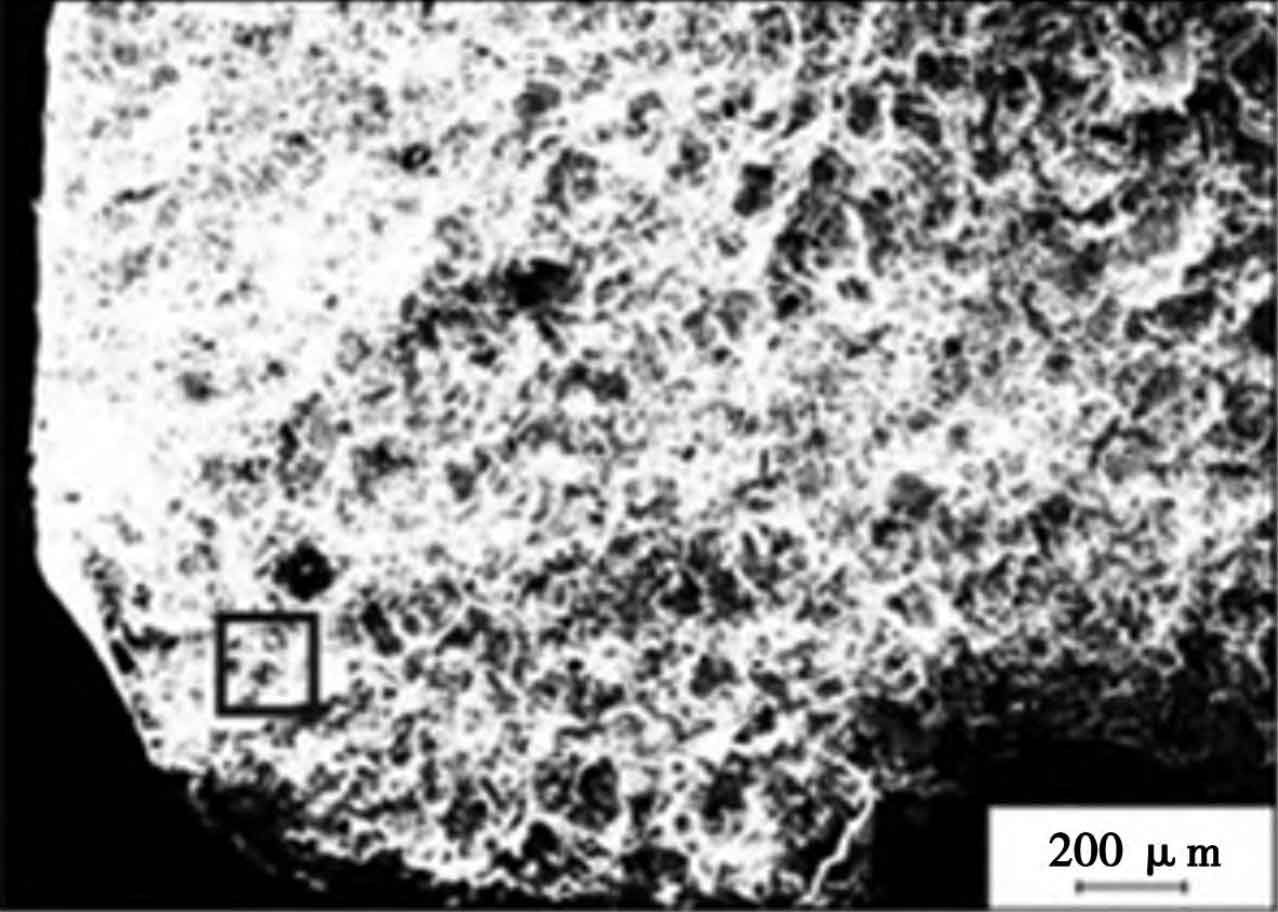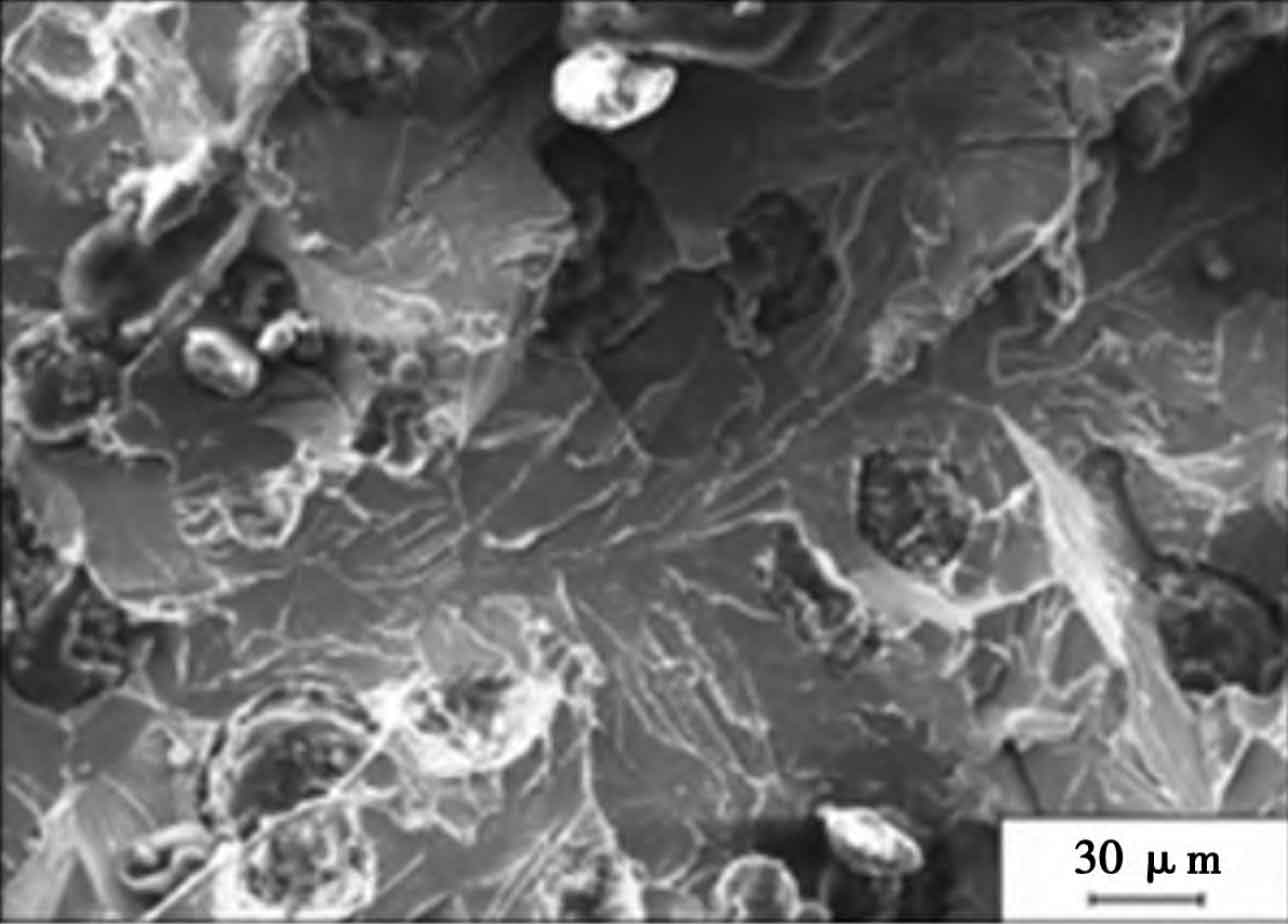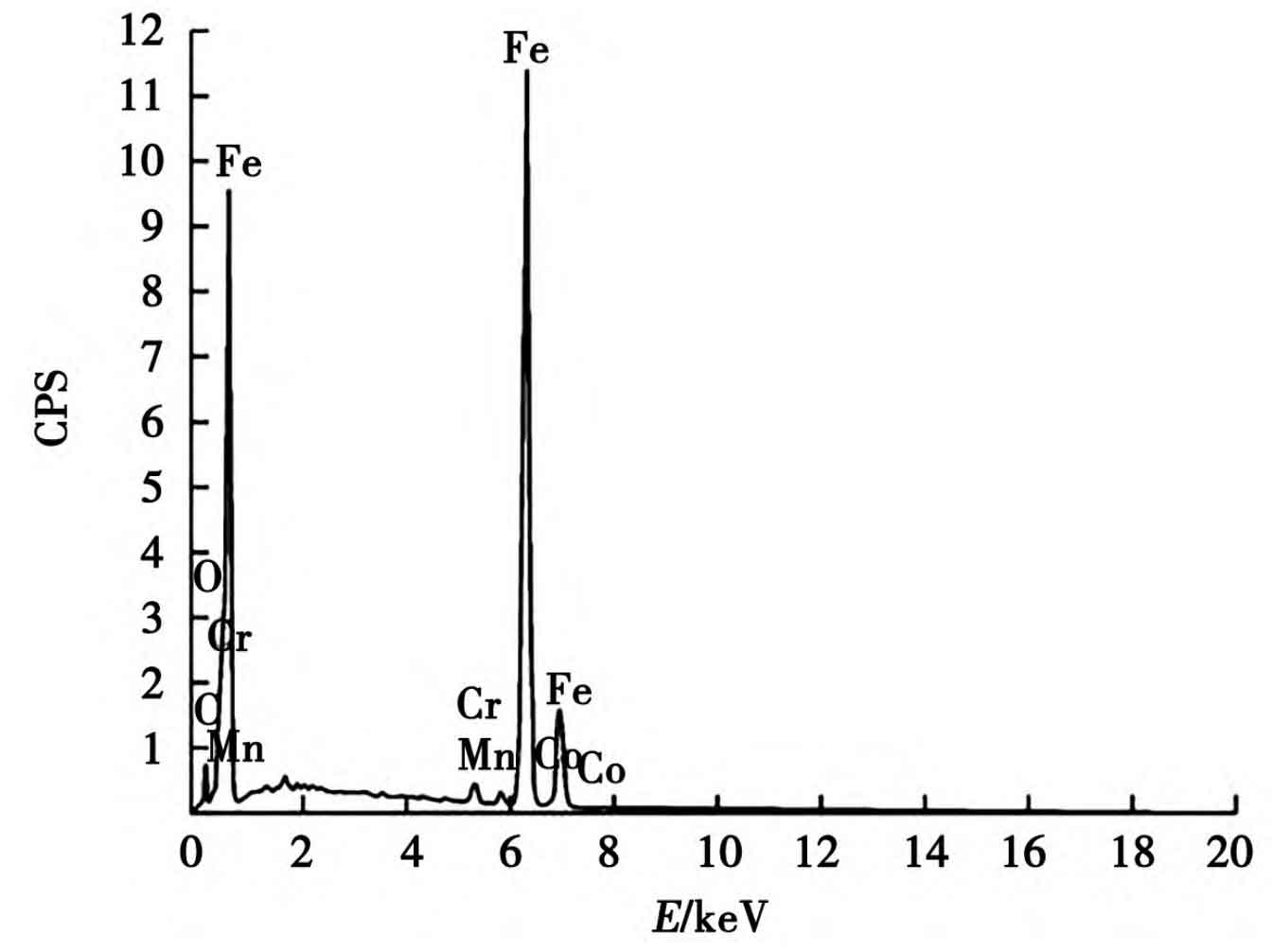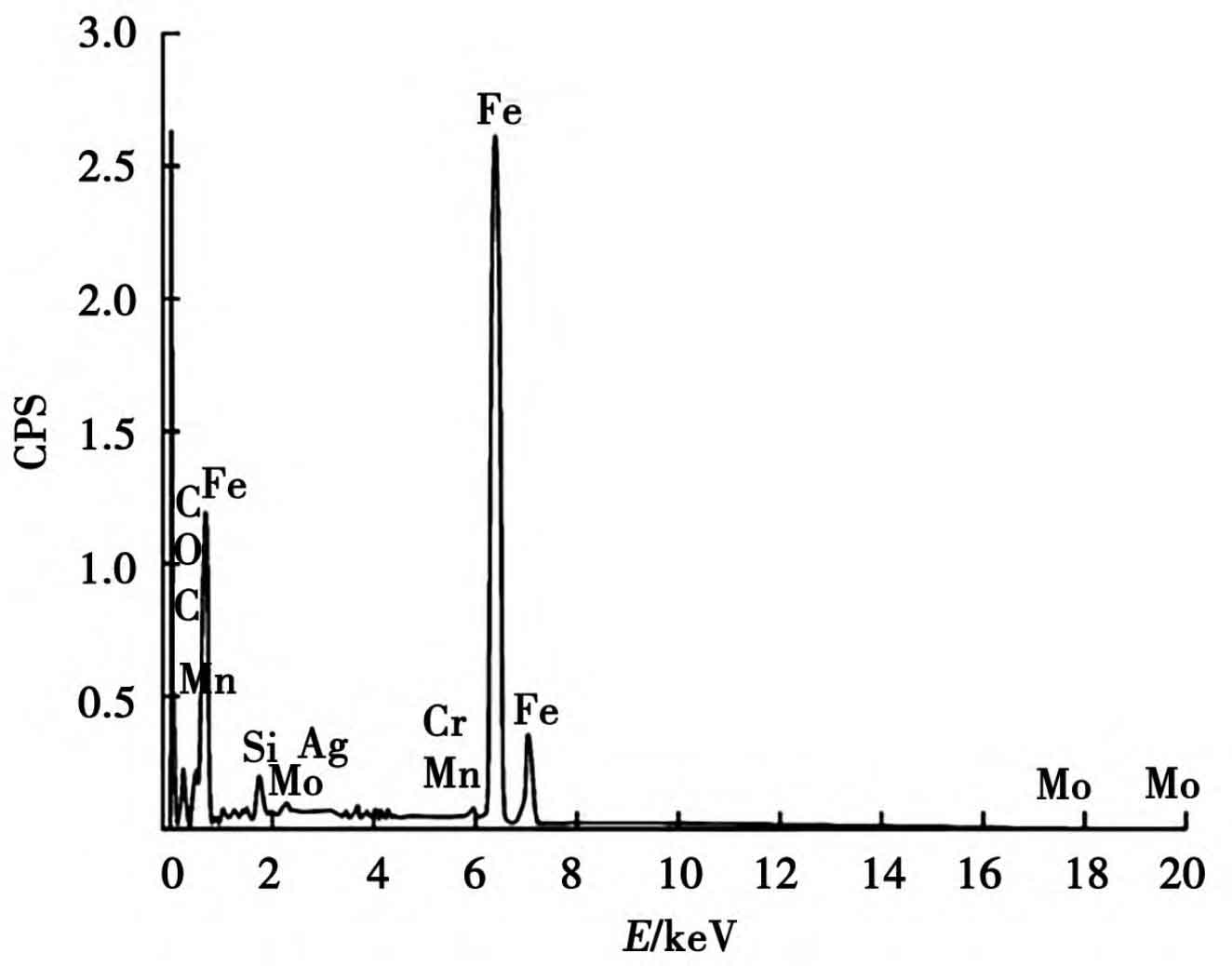This study aims to investigate the failure mechanism of automotive planetary gear and propose corresponding optimization designs to improve the lifespan and stability of planetary gear, thereby enhancing the performance and safety of automobiles. In practical applications, the problem of planetary gear failure still occurs from time to time. Therefore, the study of planetary gear failure analysis is very necessary and important. According to previous research and experimental results, the failure of planetary gear mainly manifests as different modes such as tooth surface fatigue, tooth root fatigue, and tooth surface peeling. Among them, tooth surface fatigue is the most common form of failure, accounting for 55% to 60% of the failure modes.
At present, research on contact fatigue of planetary gear has received widespread attention. Researchers have conducted in-depth research on the contact fatigue life and contact stress distribution of planetary gear through experiments and numerical simulations. Meanwhile, with the continuous improvement of material mechanical properties and the introduction of new heat treatment methods, the performance of planetary gear has been greatly improved. Therefore, conducting research on contact fatigue of planetary gear not only helps to improve the reliability and lifespan of gears, but also provides valuable references for the study of similar transmission mechanisms of other planetary gear.
Experimental testing and analysis are the main research methods of this study. Through experimental testing, it was found that the failure of planetary gear mainly includes tooth tip contact fatigue and tooth surface wear, among which tooth tip contact fatigue is the main failure mode. This proves that special attention should be paid to the issue of tooth tip contact in the design and manufacturing of planetary gear to ensure their lifespan and performance.
1.Overview of Automotive Differential System
1.1 Structure and function of automobile differential
Differential is a mechanical device used in the automotive transmission system, which mainly functions to enable the engine driven wheels to rotate freely, thereby overcoming the resistance of the road surface during driving and the different rotational speeds of the inner and outer wheels during turning, ensuring safe and stable driving. The car differential consists of a drive shaft, left and right wheel gears, sun gears, ring gears, internal oil seals, and an oil lubrication system. When the car is driving in a straight line, the left and right differential gears, sun gears, and ring teeth will rotate together with the rotation of the drive shaft; The left and right wheel gears will inevitably be affected by different resistance or terrain during driving, resulting in different rotational speeds of the two wheels; The oil lubrication system of the differential will lubricate the oil between the left and right wheel gears and the sun gear, reducing the friction between the left and right wheel gears and the sun gear, thereby avoiding the impact of speed differences on the vehicle. When the car turns, the differential can automatically adjust the speed of the left and right wheels to adapt to the difference in distance traveled by the inner and outer wheels. That is to say, when a car turns, due to the distance traveled by the outer wheel being greater than that of the inner wheel, the outer wheel will experience sliding and dragging, while the inner wheel will experience sliding and turning.
1.2 Performance and impact of planetary gear failure
Planetary gear is a crucial component of automotive transmission systems, and if they fail, they can have a serious impact on the vehicle. The manifestation of planetary gear failure includes hearing a “creaking” sound during driving, especially in second and third gear; During the acceleration process, the vehicle’s RPM increases slowly, jumps gears, or cannot accelerate; Vehicle shaking or vibration; Increased fuel consumption; There is a noticeable jerking sensation when changing gears; When manually shifting gears, the vehicle cannot shift into the specified gear. The impact of planetary gear failure is that the brakes cannot be used properly and the vehicle cannot be driven; Vehicles cannot go uphill or accelerate; Vehicle stability decreases and is prone to safety accidents; The failure of planetary gear may cause damage to many other transmission and steering components, leading to a decrease in overall performance of the car.
1.3 Comprehensive analysis of the causes of planetary gear failure
The main causes of planetary gear failure include issues with the material, process, and quality of the gear itself, which may lead to gear failure during long-term use; Proper use and maintenance of planetary gear is very important. If not used and maintained in the correct way, planetary gear may be damaged. As the mileage of the car increases, the lubricating oil inside the planetary gear will become dirty and thick, leading to planetary gear failure; The longer the planetary gear is used, factors such as wear and metal fatigue on the surface of the planetary gear will lead to gear failure; The harsh usage conditions of planetary gear may also be one of the reasons for gear failure, such as frequent use on steep slopes, frequent rapid acceleration, sudden braking, and frequent overloading, which can cause premature failure of planetary gear. Therefore, the reasons for the failure of planetary gear include cracking at the outer bracket of the planetary gear, fatigue peeling of the outer ring gear surface, tooth loss, and open welding at the welding point of the planetary carrier. In order to ensure the normal service life of planetary gear, regular inspection and replacement of lubricating oil should be carried out, avoiding the use of planetary gear under high stress, and reducing excessive driving operations under appropriate conditions to reduce the risk of planetary gear failure.
2. Experimental detection and analysis
Experimental detection and analysis are important components of this study. This study investigated the failure mechanism of planetary gear through experimental testing. Multiple automotive planetary gear were tested and tested. By analyzing the macroscopic and microscopic morphology of the fracture surface, as well as the physicochemical and energy spectrum analysis of the microstructure of the failed parts, the main cause of planetary gear failure was discovered. Specifically, research has found that planetary gear failure mainly includes two modes: tooth tip contact fatigue and tooth surface wear. Based on this, the failure mode and lifespan of planetary gear can be predicted, providing important data support for optimized design. In summary, experimental detection is one of the core contents of this study. Through these research methods, we can gain a deeper understanding of the failure mechanism and influencing factors of planetary gear, and propose more effective optimization design solutions.
2.1 Fracture location and macroscopic morphology
We conducted experimental tests on multiple automotive planetary gear and observed and analyzed the fracture location and macroscopic morphology of the failed parts. As shown in Figure 1, the observation results indicate that the fracture positions of planetary gear mainly occur at the top and root of the teeth, and exhibit typical fatigue fracture characteristics, manifested as smooth and arc-shaped fractures with typical groove patterns and multiple fatigue small cracks. This indicates that tooth tip contact fatigue is the main mode of planetary gear failure.
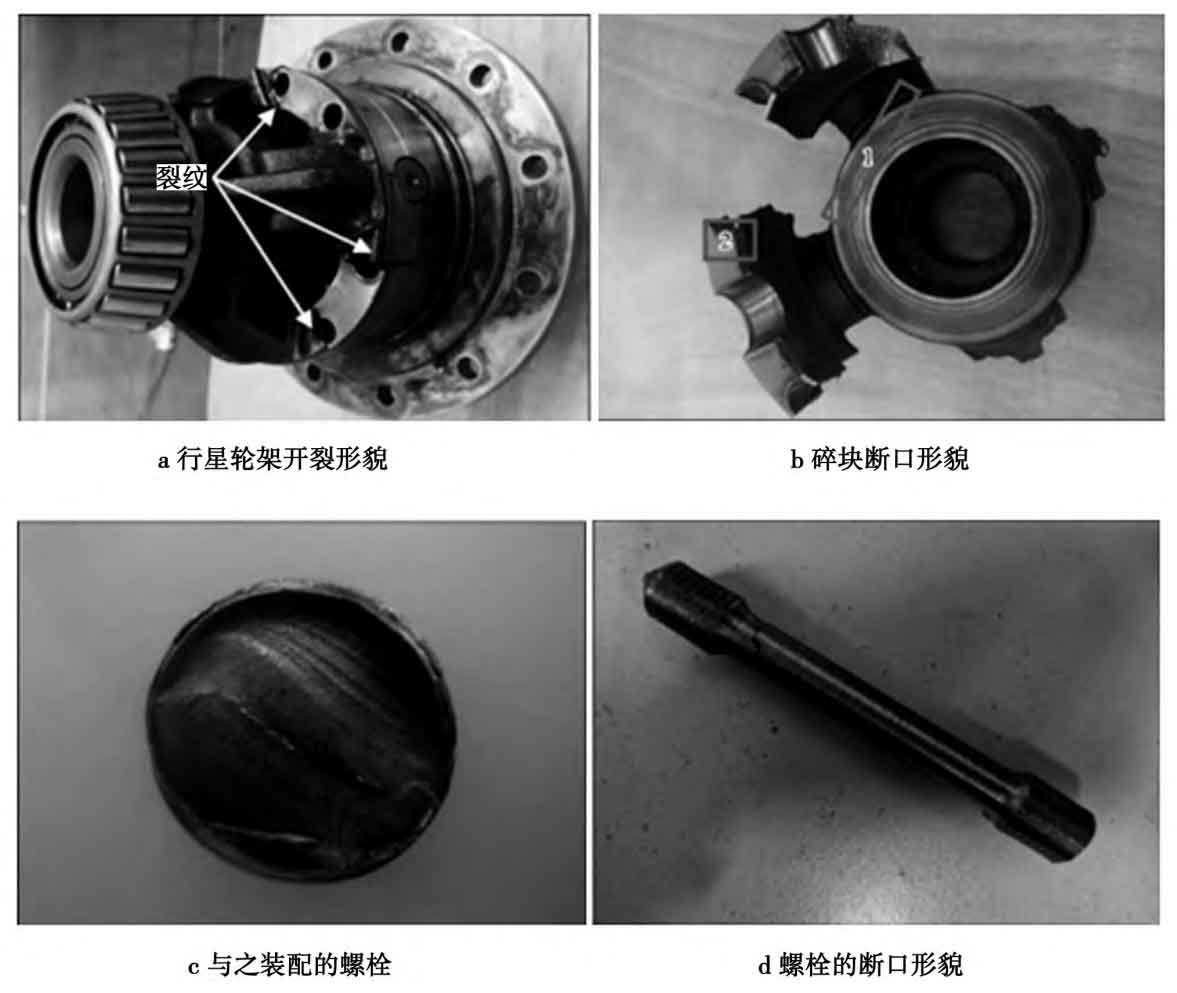
2.2 Physical and chemical testing of failed parts
This study also conducted physical and chemical testing on the failed parts of planetary gear, as shown in Figures 2 and 3. Including analysis of material composition, microstructure, and other aspects. The quality issue of the material itself is the main cause of planetary gear failure. If there are obvious defects and unevenness in the material, it can lead to excessive stress during high load use, resulting in failure. Emphasis was placed on the tooth tip position of the material, which is susceptible to cracking and deformation due to the maximum stress it bears. The test results show that the material composition of the failed planetary gear parts meets the requirements, and the hardness values are corresponding.
2.3 Microscopic morphology and energy spectrum analysis of fracture surfaces
In order to gain a deeper understanding of the micro morphology and failure mechanism of planetary gear failure, this study also conducted micro morphology observation and energy spectrum analysis on the fracture surface of planetary gear. As shown in Figures 4 and 5. The results indicate that the fracture surface of planetary gear exhibits typical fatigue cracks and grooves, and a large number of micro fatigue cracks appear. The energy spectrum analysis is shown in Figures 6 and 7. The results indicate that the distribution of iron elements on the fracture surface of planetary gear significantly increases, which further proves that the main cause of planetary gear failure is tooth tip contact fatigue.
3. Analysis, discussion, and conclusion
The experimental detection and analysis results indicate that the failure of planetary gear is mainly caused by two modes: tooth tip contact fatigue and tooth surface wear. And tooth tip contact fatigue is the main failure mode, which is the main cause of planetary gear failure. In addition, working conditions such as torque and speed also have a significant impact on the failure mode and failure life of planetary gear.
1) The tooth tip contact of planetary gear should be a special issue that needs to be paid attention to in design and manufacturing. On the premise of avoiding high stress concentration, parameters such as tooth surface contact pressure and tooth root strength should be reasonably selected to improve the lifespan and stability of planetary gear.
2) The working conditions such as torque and speed should be reasonably selected according to actual needs to reduce the failure rate of planetary gear and extend their lifespan.
3) The surface hardening technology of planetary gear and the application of high-strength materials are effective measures to improve the lifespan and stability of planetary gear.
The experimental results indicate that the torque and speed of planetary gear have a significant impact on the failure mode and failure life. Therefore, when designing and optimizing planetary gear, parameters such as torque and speed should be reasonably selected based on actual working conditions. In addition, the use of high-strength materials and improved design can effectively improve the lifespan of planetary gear in response to their failure modes and mechanisms.
4. Conclusion
This study provides important theoretical support and experimental data for the design and optimization of automotive transmission systems, which is of great significance for improving the performance and safety of automobiles. Future research can further explore the failure mechanism of planetary gear and propose more effective optimization design solutions.

